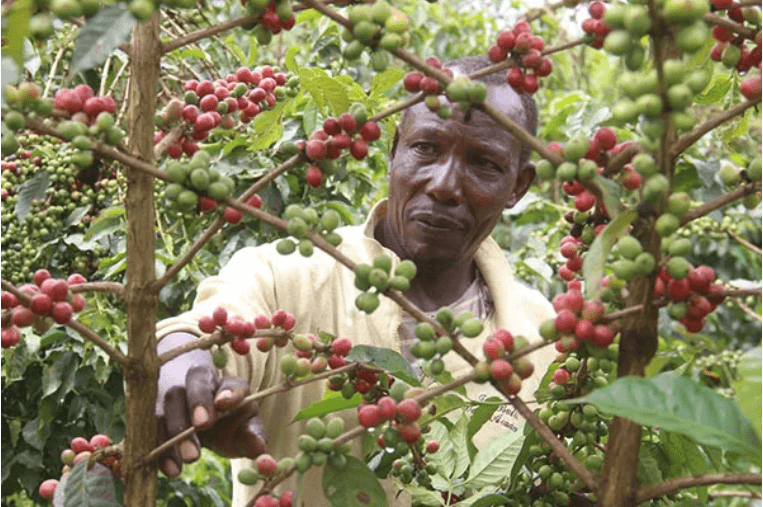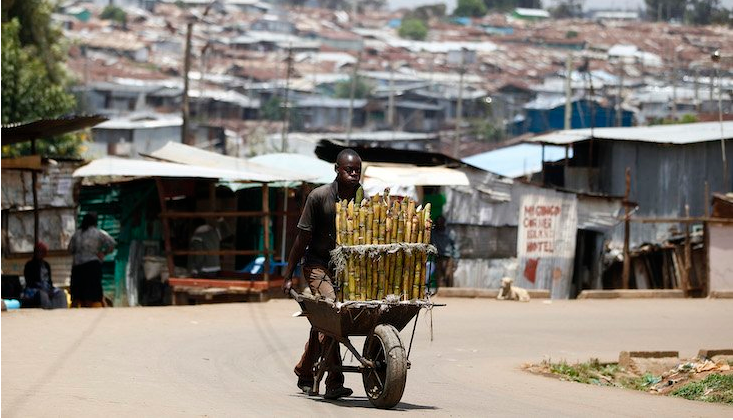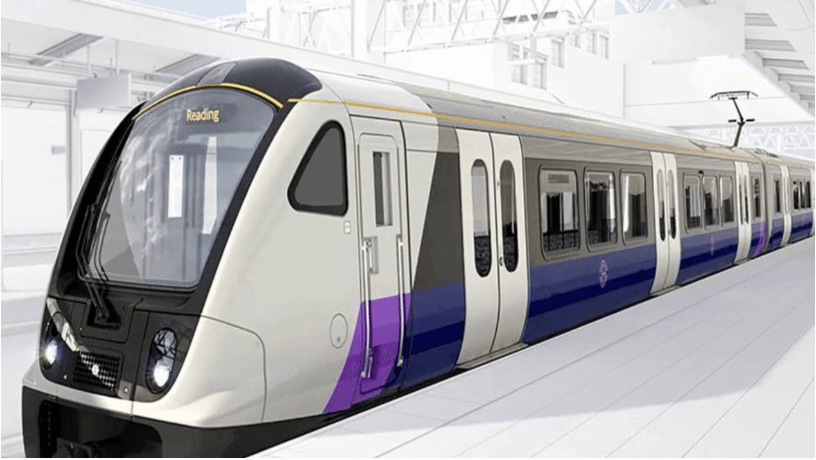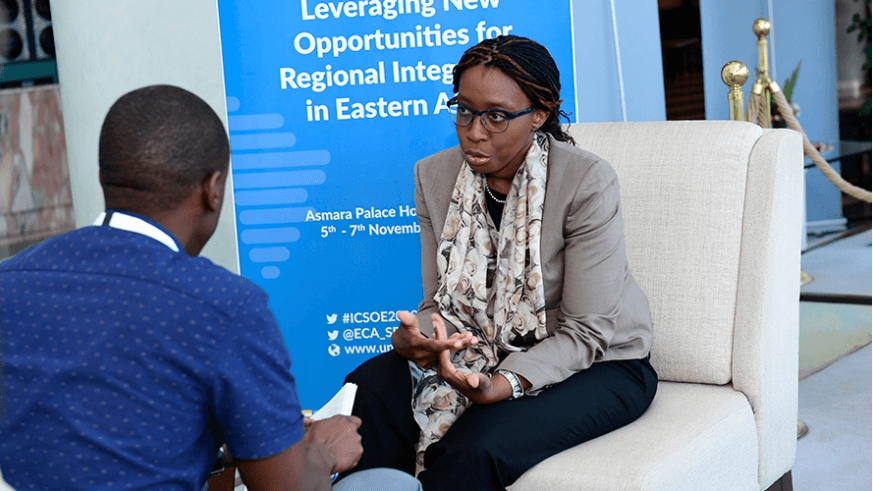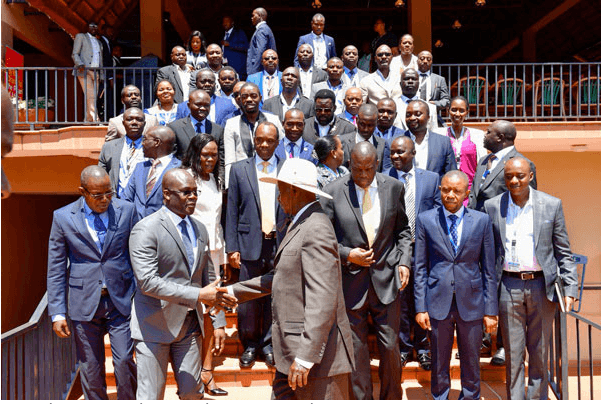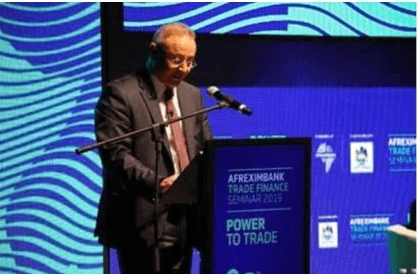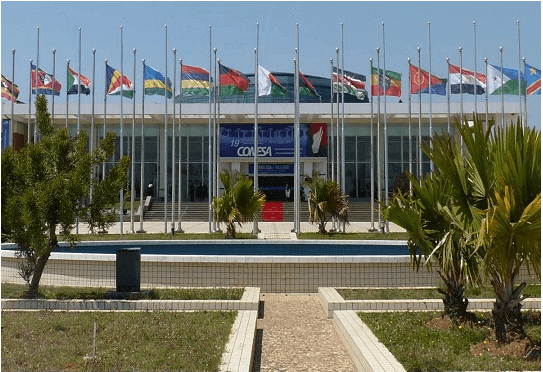Despite a steady increase in coffee consumption around the world, trade prices have fallen dramatically in the past three years, hitting producers. At the same time, the cost of an espresso or latte remains as full-fat as ever. What's going on? Futures on arabica and robusta, the most widespread varieties of coffee, have fallen 40 percent since the beginning of 2017 and are now at historically low levels. This is largely because of bumper harvests in Brazil, the world's main coffee producer. But at the same time, consumption has grown by an average of 2.1 percent a year for the past decade, according to the International Coffee Organization (ICO). Two billion cups of coffee are drunk every day, according to Fairtrade International, which works to improve the lot of farmers through better pricing and conditions. The crisis in prices is beginning to create "real structural problems" for producers, said Valeria Rodriguez, a manager at fairtrade organisation Max Havelaar France. "The consequences are terrible - they can no longer support themselves, invest in production or prepare for the challenges of climate change," she said. Supplier woes In Central and South America, many smaller producers in Africa and Latin America are giving up in particular those who grow arabica, which is more difficult to produce than the robusta variety favoured in Asia, according to Jack Scoville, a futures markets analyst with Price Group. A similar trend is observable in Africa for reasons ranging from high production costs in Kenya to insecurity in...
Why coffee prices are low despite steady demand
Posted on: November 15, 2019
Posted on: November 15, 2019

